Dental crowns, such as zirconia or porcelain, are among the most commonly preferred treatment options due to their aesthetic appearance and functional durability. However, many people believe that once a crown is placed, the risk of tooth decay disappears. In reality, the natural tooth structure underneath the crown remains — and yes, it can still decay. What’s more, since this decay is not visible from the outside, it often goes unnoticed until it becomes more serious.
Why Does Tooth Decay Occur Under a Crown?
The main reason decay can occur in a crowned tooth is that the crown only covers the outer surface of the tooth. Beneath it, the living natural tooth structure remains. If proper oral hygiene is neglected, bacteria can accumulate at the gum line where the crown meets the tooth. Over time, these bacteria can erode the enamel and lead to cavities. Additionally, microscopic gaps that may form along the edges of the crown create ideal spaces for bacteria to thrive.
The most common causes of decay under dental crowns include:
-
Poor oral hygiene: Plaque and bacteria can accumulate around the crown, leading to decay, especially near the gum line or beneath the crown.
-
Marginal gaps or misfit: If there are tiny spaces between the crown and the tooth, bacteria can infiltrate and cause hidden cavities.
-
Wear and loosening over time: As crowns age, they may no longer fit snugly, allowing decay to develop underneath.
-
Frequent intake of sugary or acidic foods: These can create an acidic environment around the crown, increasing the risk of decay.
How to Tell If There’s Decay Under a Crown
Decay under a crown often doesn’t cause immediate or obvious pain, which makes it harder to detect early. However, warning signs may include sensitivity in the gums, persistent bad breath, a change in color around the crown, or discomfort when chewing. If you notice any of these symptoms, a dental check-up is essential. Early diagnosis can stop the decay from progressing and may help preserve the crown.
How to Protect Crowned Teeth from Decay
Crowned teeth require just as much care as natural teeth. The most effective way to protect them is by maintaining good daily oral hygiene and scheduling regular dental check-ups. Brushing twice a day and using dental floss helps clean the areas around the crown edges where bacteria can build up. Limiting the intake of sugary and acidic foods also plays a big role in preventing decay. If your crown becomes loose, damaged, or misaligned over time, be sure to consult your dentist promptly.
Crowns offer excellent aesthetic and functional benefits. However, protecting the natural tooth underneath depends entirely on your oral care habits. Don’t let the presence of a crown give a false sense of security — consistent hygiene and professional follow-up are key to long-term dental health.

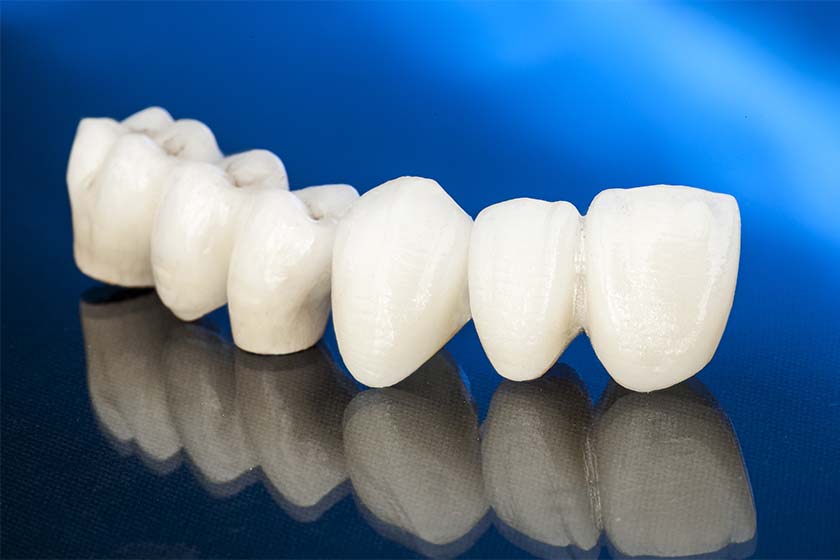
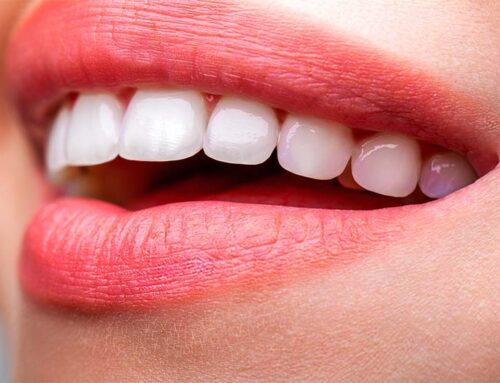

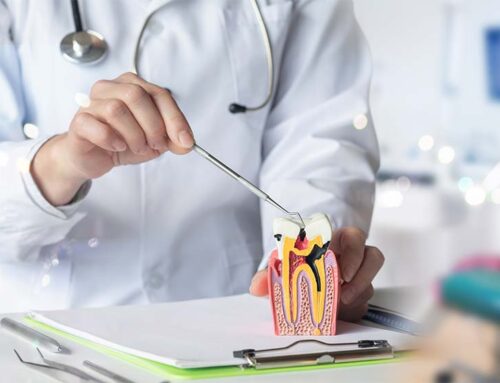
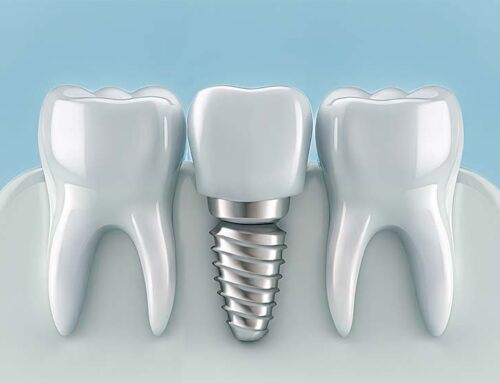
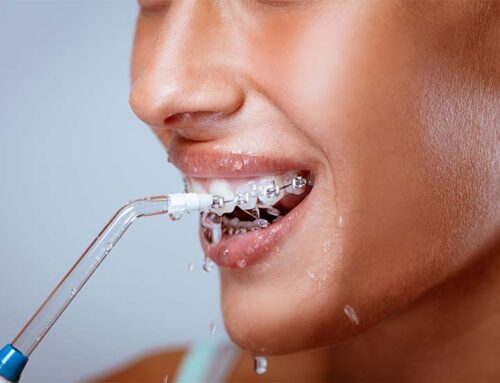
Leave A Comment